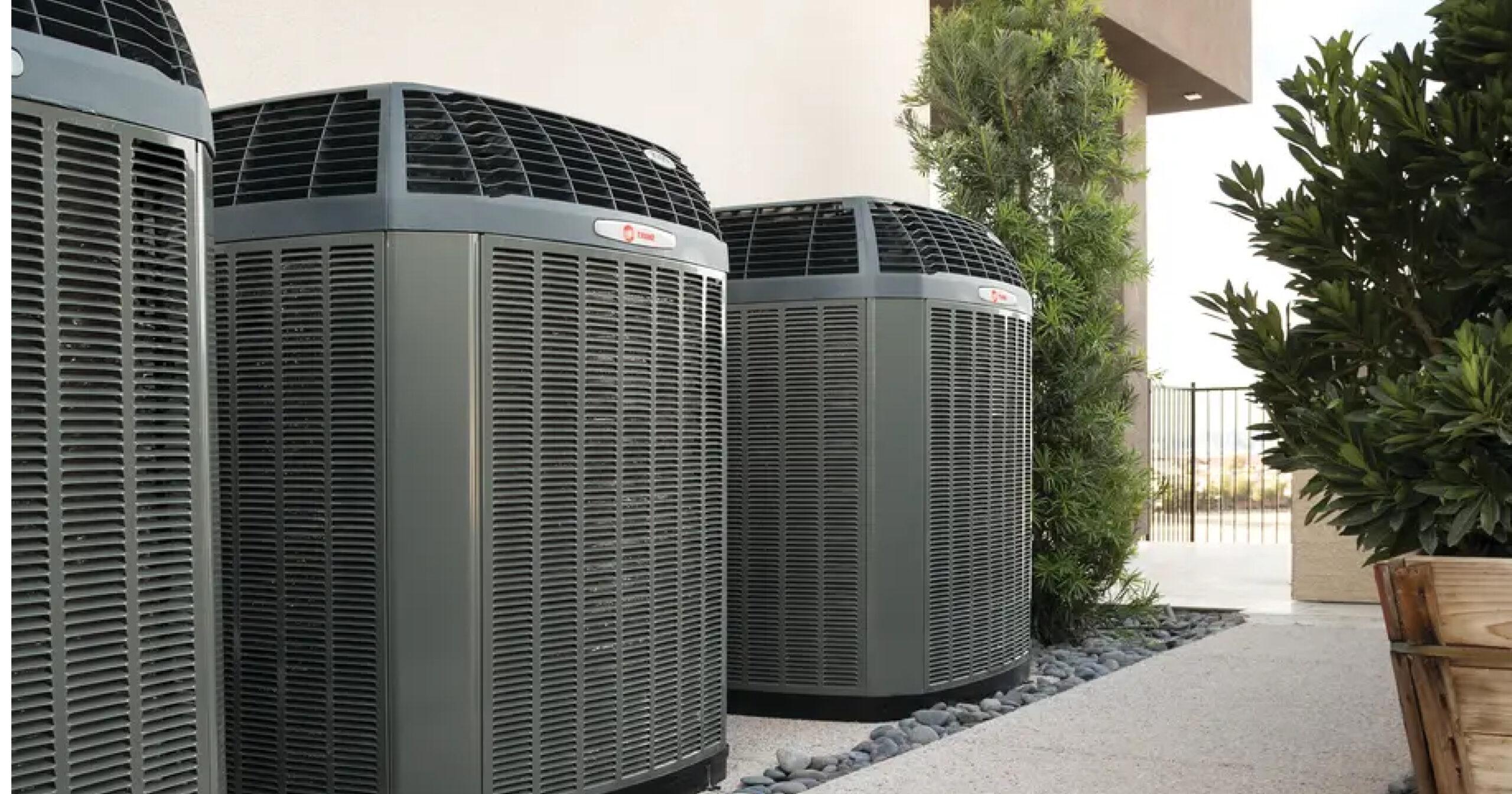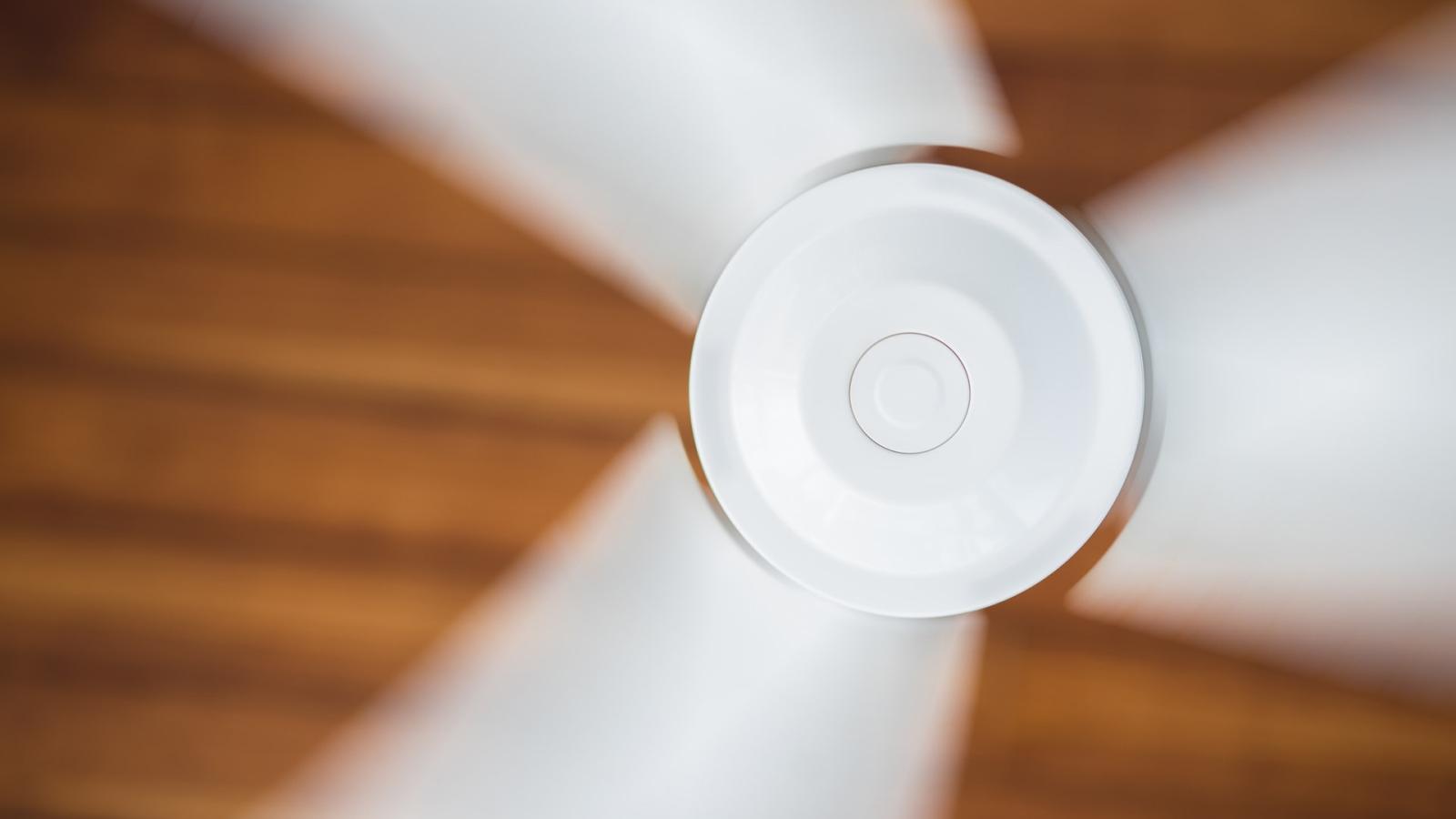Saving Energy = Saving Money: Consider Eco-Friendly HVAC Choices
With more than half of rising electricity and natural gas costs accounting for residential heating and cooling, eco-friendly HVAC systems are one of the most effective ways to decrease energy costs and carbon footprints.
In 2021, U.S. consumers experienced a staggering electricity rate increase of 59% throughout the year. By 2022, these rate hikes caused the average American’s electric bill to rise to 14% higher than usual. With energy experts predicting ongoing upsurges, and inflation rates continuing to fluctuate widely, homeowners are mitigating costs wherever possible. Many have found that one of the most effective ways to reduce their energy bills is to invest in more efficient appliances and products.
With growing concerns over climate change and excessive energy consumption, this proves to be a multi-pronged approach to tackling energy woes. From LED lightbulbs to low-flow showerheads, these small changes add up over time to make a big difference in both environmental impact and operational costs. But, for those who are looking to get the maximum bang for their buck; an investment in an eco-friendly HVAC system offers the most significant reduction in one's carbon footprint and utility bills.
Environmental Concerns and the Need for Sustainable HVAC Systems
Each day, people partake in activities that generate greenhouse gas emissions. From disposing of trash and driving a car to turning on an air conditioning unit, each one of these activities harms the environment. This is because they release gases like carbon dioxide, nitrous oxide, and methane into the air which alter the Earth’s natural “greenhouse”. In turn, these gases absorb more solar energy from the sun and the result is a rise in average temperatures.
Because the Earth has such a vast and delicate ecosystem, even minor changes in temperatures lead to devastating effects. After all, a single degree determines whether precipitation will become rain, sleet, or snow. This is critical for plants and animals which require highly specialized environments to thrive. Polar bears, for instance, rely on the rapidly melting ice of the Arctic to hunt and mate, while wildfires continue to devastate the eucalyptus trees that sustain Australia's entire Koala bear population.
To lessen the effects of climate change, pollution, deforestation, and other harmful environmental consequences, the U.S. Environmental Protection Agency recommends using its carbon footprint calculator to identify any excessive household contributions to these problems. In turn, simple adjustments, like installing eco-friendly HVAC systems, using LED lightbulbs, recycling, or riding a bicycle instead of driving, can be made to reduce one's carbon footprint.
How Sustainable HVACs Make a Difference
- With hybrid and electric models, fewer greenhouse gas emissions are emitted into the air than with traditional HVAC systems that rely on crude oil or fossil fuels for operation.
- Non-toxic refrigerants are used in sustainable HVAC systems, preventing further pollution of the Ozone.
- Sustainable HVAC systems require less energy to operate, which in turn, decreases the demand for energy placed on power plants. This allows them to use fewer limited resources and decreases the amount of pollution that these facilities release into the air.
Cost Savings and Other Benefits of Eco-Friendly HVAC Systems
According to a study on residential energy use in the U.S., 55% of any household’s energy consumption is expended on heating and cooling. The remaining 45% accounts for household appliances, water heaters, and lighting. After examining this breakdown of consumption, it comes as no surprise that installing energy-efficient HVAC systems can save homeowners up to 20% on their heating and cooling costs.
While the initial costs of a sustainable HVAC may prove to be higher than a traditional HVAC system upfront, these systems often pay for themselves through savings on monthly energy bills. Many homeowners are also eligible to receive rebates through programs like the High-Efficiency Electric Homes and Rebates Act (HEEHRA), solar power, or state-specific grants that offset the initial costs of the equipment and installation.
When homeowners opt to install eco-friendly HVAC systems, the primary reasons are linked to cost savings and environmental impact. While these benefits take center stage, they certainly aren't the only ones. Other benefits include:
- Improved Indoor Air Quality - Traditional HVAC systems or heating sources that rely on burning wood or fossil fuels pollute the air as they burn. Many believe that these elements are only released into the air outdoors, but they easily travel down ducts or through vents and enter the indoor air space. This can cause immense problems for homeowners, particularly those with allergies, asthma, or other respiratory conditions. Sustainable HVACs, because they rely on electricity or a hybrid blend of electricity and natural gas, prevent this exposure. Paired with an efficient air filter, the indoor air quality of homes with green HVAC systems is greatly improved.
- Programmable Thermostats - Programmable, or "smart" thermostats, are compatible with most sustainable HVAC systems. These thermostats allow homeowners to adjust the temperature within their homes as with non-programmable models of the past; however, they offer a multitude of features for personalized home comfort. For instance, a smart thermostat can learn the preferred temperature patterns of a homeowner throughout the day and automatically adjust them as needed. This helps improve the homeowner’s overall level of comfortability, as well as cutting their energy costs.
- App Control - Paired with smart, programmable thermostats, many eco-friendly HVAC systems come equipped with access to a convenient mobile application. These apps allow the HVAC unit to be controlled from a mobile device while the homeowner is located anywhere in the world. This means they can turn off their systems and raise or lower temperatures for maximum energy savings and reduced electricity consumption while away. As a bonus, they can adjust the temperature again before returning home to ensure the temperature is at a comfortable level upon their arrival. The Trane® Home app, for example, allows homeowners to view and measure their HVAC use from their smartphones and can integrate with other smart home systems for maximum efficiency and convenience.
Popular Types of Eco-Friendly HVAC Systems
- Geothermal Heat Pumps - Geothermal heat pumps are also commonly referred to as ground-source heat pumps. Instead of relying on fossil fuels to create heat, these systems use geothermal technology. This technology allows the system to tap into the natural ground temperature and transfer heat to or from the ground. Through this process, indoor temperatures can be regulated from season to season with maximum energy efficiency in mind.
- Air-source heat pumps - This variety of green HVAC systems is unique because it leans on the same technical processes and equipment as traditional air conditioning units. The crucial difference is that the process runs in the opposite direction and heat that is absorbed from outside is pushed inwards. Avoiding the use of fossil fuels helps to offset one's carbon footprint and can drastically reduce the cost of utility bills. Many homeowners opt to take their savings even further and install solar power panels to power the entire system with a renewable energy source.
- Hybrid HVAC Systems - In recent years, hybrid HVAC systems (also known as dual fuel heat pumps) have risen in popularity among homeowners who are looking to reduce their utility bills and invest in green energy. Like traditional HVAC systems, this technology uses fossil fuels, but the amount required for operation is decreased. This is because forms of sustainable energy like electricity, solar power, and wind power are also used to operate the system. By merging the two forms of energy, carbon dioxide output is significantly reduced.
Trane® Sustainable Heating and Cooling Options
XL15c EarthWise® Gas/Electric Packaged System
The XL15c gas/electric packaged system by Trane® offers immense energy savings of 38% each year*. With a SEER2 rating of 15 for cool air production and an AFUE rating of 81% for hot air, this model is ENERGY STAR® certified and is asthma and allergy friendly certified by the Asthma and Allergy Foundation of America.
*Based on calculations from the U.S. Department of Energy’s Office of Energy Efficiency & Renewable Energy at https://www.energy.gov/eere/why-energy-efficiency-upgrades.
XR 14 Heat Pump
Trane's XR 14 heat pump is ENERGY STAR® qualified with a SEER2 rating of up to 14.8. As a hybrid system, it merges the reliability of traditional systems with the lower cost and sustainability of electric models. Homeowners who invest in this model can expect to save an estimated 28% on their yearly energy costs.
XV20i Variable Speed Heat Pump
As one of the most energy-efficient models in the industry, Trane's XV20i variable speed heat pump is ENERGY STAR Qualified with a 20.5 SEER2 rating and an HSPF2 rating of up to 9. Homeowners can expect energy savings of up to 50% per year with this system, all with quiet performance and Trane ComfortLink™ II thermostat compatibility.
Have questions about which model will provide maximum energy savings with minimal environmental impact in your home? Connect with a local Trane dealer now to explore expert recommendations.
Frequently Asked Questions About Eco-Friendly HVAC Choices
What is the most energy-efficient HVAC system?
The most energy-efficient HVAC systems are electric and hybrid models, but the right one for your home will depend on a variety of factors. Contact an authorized Trane® dealer to learn more.
What is an eco-friendly heating and cooling temperature?
ENERGY STAR® recommends setting thermostats at a low of 70 during the warmest months of the year and a high of 78 during the coolest. The biggest factor in remaining eco-friendly is to set the temperature up or down by 8 degrees when no one is home. For example, set the thermostat to 78 in the winter when you are home, but turn it down to 70 before you leave for the day.
What is the most efficient way to heat and cool a house?
Installing eco-friendly HVAC systems, such as Trane's hybrid models, and replacing drafty windows or doors is the most efficient way to heat and cool a house in any region. While the HVAC system reduces energy consumption, the properly sealed windows and doors ensure that the hot or cold air produced does not escape.
Is a high-efficiency HVAC system worth the extra cost?
High-efficiency and eco-friendly HCAV systems are a worthy investment that often pays for themselves in a few short years through savings on monthly energy costs. They also add to a home’s resale value while decreasing harmful emissions that contribute to pollution and climate change.




